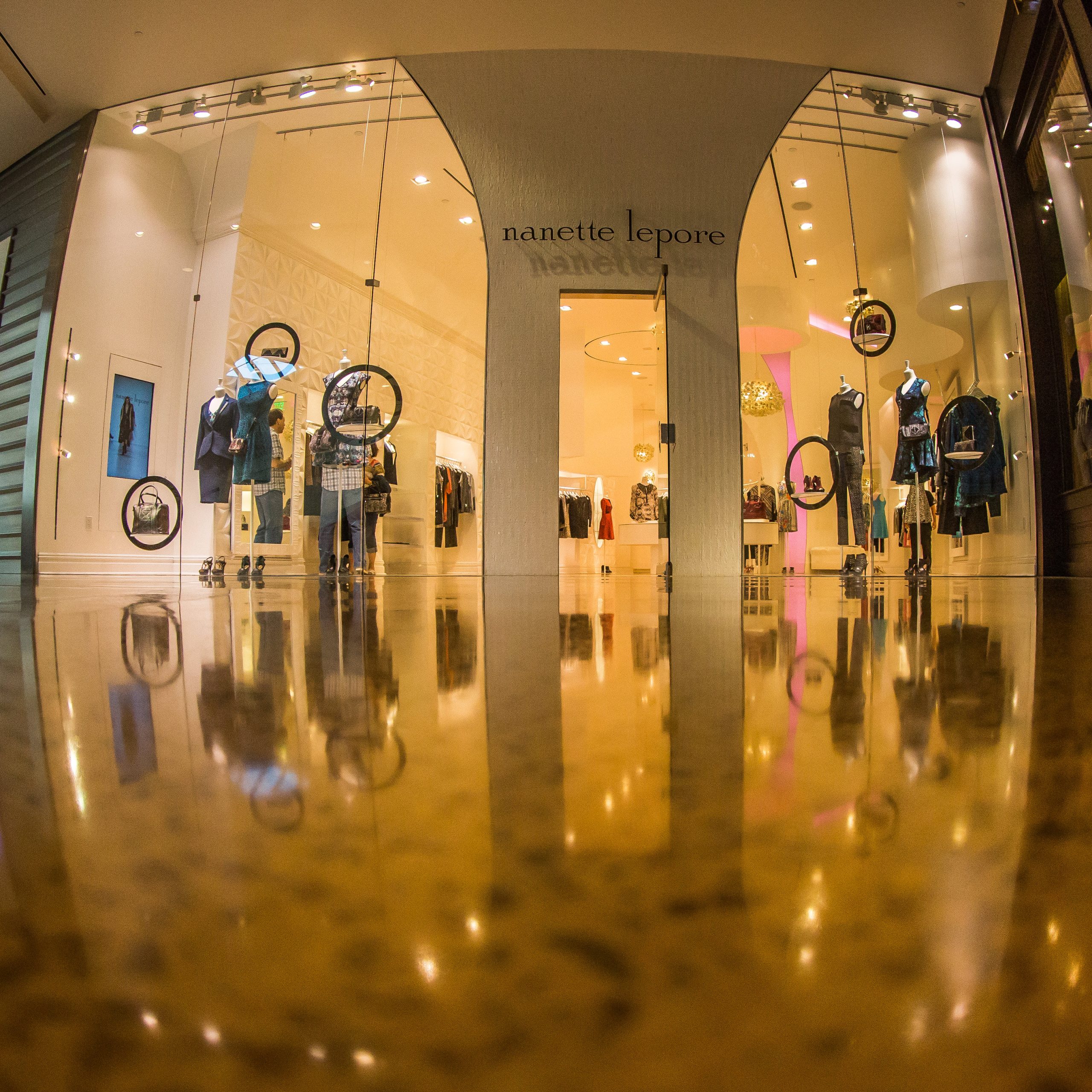12.3 Third-Party Sales
Throughout the channel structure there are a number of points where sales may occur.
The most straightforward of these is the direct channel, in which the producer sells directly to the consumer. In every other structure, multiple sales occur—from producer to wholesaler, from wholesaler to retailer, from retailer to buyer. In cases involving an intermediary, there is a third-party sale. Third-party sales are sales conducted by anyone other than the producer. Even when there are four or five parties involved, we refer to all of them as third parties.
Third-party sales are often vexing for marketers. When a company uses a direct sales approach, the marketer can devise a sales compensation structure that creates the right incentives for the sales team to sell the right products to the right customers at the right price. In a third-party sales situation, it is much more difficult to understand and influence the sales process. Let’s look at a direct sales situation and a third-party sales situation to understand the differences.
Direct Sales Incentives
Nanette Lepore is a high-end clothing designer who has created a personal brand. Nanette sells direct to consumers both online and through her boutique stores across the U.S. Through the direct channel, Nanette’s marketing team owns every aspect of the sales experience. When customers enter a store or land on her web page, they see a complete outfit that is designed to sell the look that Nanette most wants them to buy. This includes clothing, shoes, and accessories all designed and sold by Nanette Lepore.

Nanette Lepore’s blog and social media presence drive interest in the products that are available in stores and online, with an emphasis on those that are targeted for immediate sale.
When she completes drawings for next season’s looks, Nanette provides digital copies of her drawings to her sales associates, who have been cultivating a list of their most fashion-forward customers. These customers can review drawings and preorder clothing before it is available to the public. These customers pay top dollar for Nanette Lepore’s most current creations.

In the store, sales associates are not equally compensated for all sales. Once a line of clothing goes on sale, the price is reduced. From the perspective of a sales associate, instead of earning a 5 percent commission ($40) on an $800 dress, the associate will earn a 5 percent commission ($10) on a discounted $200 dress. The associate may earn no commission or a reduced commission on clearance items.
The sales staff is preparing customers in advance and in the moment to pay top dollar for Nanette Lepore’s hottest fashions. They do this because there is an entire sales system and compensation structure that centres on Nanette Lepore. They also do this because they have become part of the Nanette Lepore brand and feel a commitment to Nanette Lepore and to the women for whom she is designing.
Third-Party Sales Incentives
Many retailers sell the Nanette Lepore line, including Hudson’s Bay, Walmart, Nordstrom, Zappos, Gilt, Shopbop, and 6pm.com.
The Hudson’s Bay sales associate in the dress department is paid a flat commission regardless of the brand she sells. A strong sales associate will identify shoppers with an affinity for Nanette’s designs and present them in the changing room or call to let them know that new Nanette Lepore designs have arrived. If a dress from Diane von Furstenberg or Kate Spade is more likely to make the sale, the dress by Nanette Lepore will not be suggested. The sales associate has incentives to make the largest possible sale—regardless of brand.

If the customer buys a Nanette Lepore dress and heads to the shoe department or accessory department to complete her outfit, she won’t have Nanette Lepore brands as an option. Each department carries the most popular brands, and Nanette Lepore bags and shoes are a new, unproven brand.
In a more extreme example, 6pm.com is the online bargain outlet for Zappos (now owned by Amazon). There is no sales associate, and little effort is made to feature or present any particular brand or clothing. Customers come searching for rock-bottom pricing. Nanette Lepore’s fashions sell at a discount of 60 percent to 70 percent off the manufacturers’ suggested retail price.
If this example doesn’t seem like something that you have experienced, walk into BestBuy and look for a phone, camera, or computer. Ask a sales associate to help you. You will quickly find that the store’s sales compensation structure is driving what is available to you—and what is recommended.
What about something as simple as breakfast cereal in a grocery store? Which products are at eye level? Which are difficult to find? Which are not available? Sales incentives are determining the answers to each of these questions.
Approaches to Support Third-Party Sales Success
If the marketer works for the producer—in our example, Nanette Lepore—he will lose significant control and influence in the third-party sale, while the Hudson’s Bay marketing team will gain control or power. How can a marketer approach third-party sales most effectively? The following approaches can be used:
- Understand and align incentives. A good marketer must understand why each channel partner buys and sells, how they are compensated, and what objectives they are hoping to achieve. In third-party sales, the marketer must optimize an existing structure rather than creating the structure.
- Provide exceptional sales support. While the Nanette Lepore sales associates only needs to learn about her line, the Hudson’s Bay sales associates must learn thirty or more. Make it very easy for the third-party sales team to become expert in your product.
- Create demand for your product. Often marketers blame channel partners for a marketing mix that doesn’t deliver value to the customer. While it is trite to say that a good product sells itself, it is true that the right product is easier to sell. When the distribution channel—”place,” in the marketing mix—creates a lot of complexity, it is even more important to get the other three elements of the marketing mix just right.
“Reading: Third-Party Sales” from Introduction to Marketing II (MKTG 2005) by NSCC and Lumen Learning is licensed under a Creative Commons Attribution 4.0 International License, except where otherwise noted.

